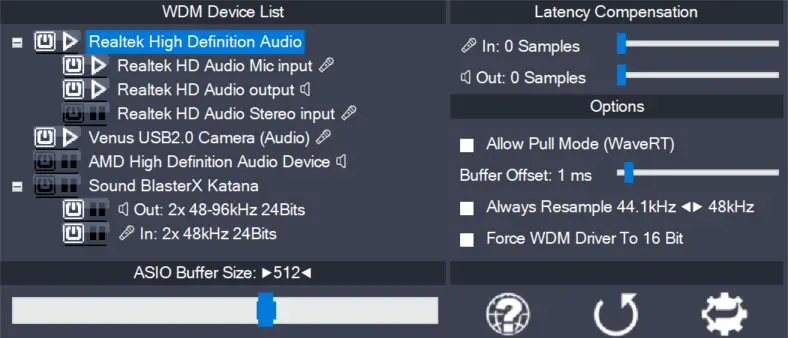Changes in version 2.6:
- Fixed a minor memory leak that would have made about 4k of memory going stale whenever the audio engine is being restarted.
- Add support for sample rates below 44.1kHz for as long as the sound hardware supports them.
- Fewer overloads at low buffer size settings. This means drop-out free performance at about half the buffer size compared with v2.5 on a sizable number of cards.
- Changed handling of default sample rate in order to work around issues with some Envy24 based cards.
- Default settings adapted in order to work around issues with specific AC97 drivers.





Leave a Reply